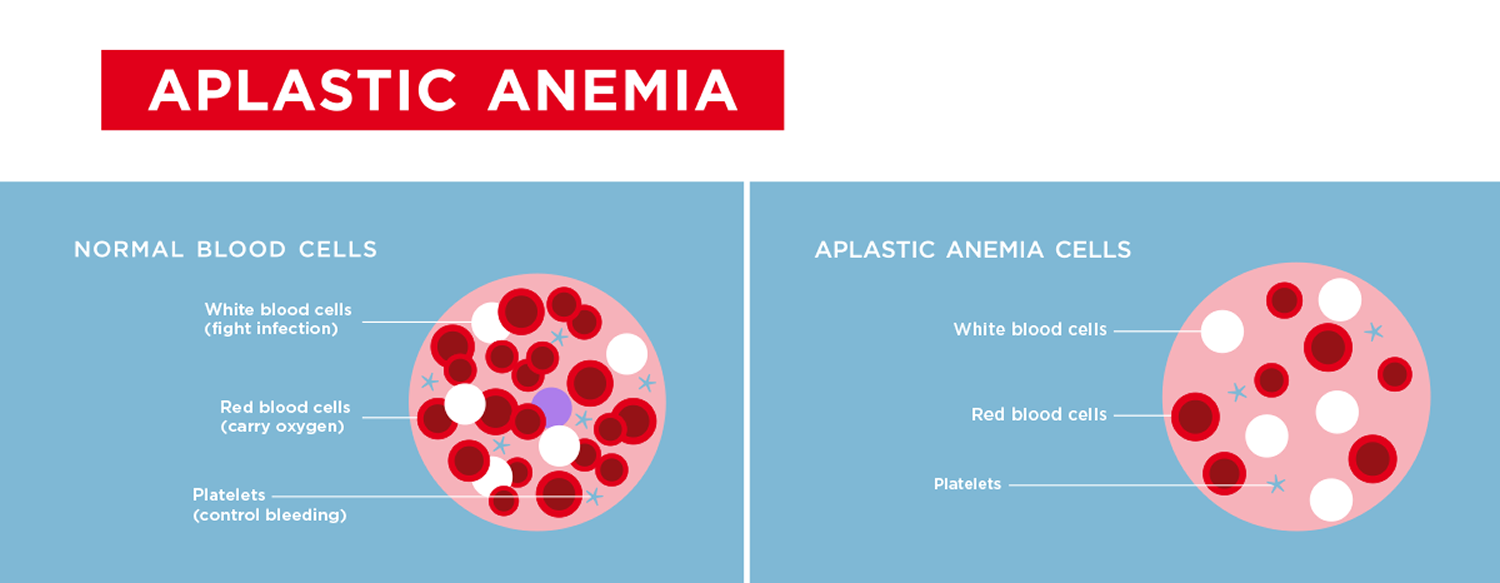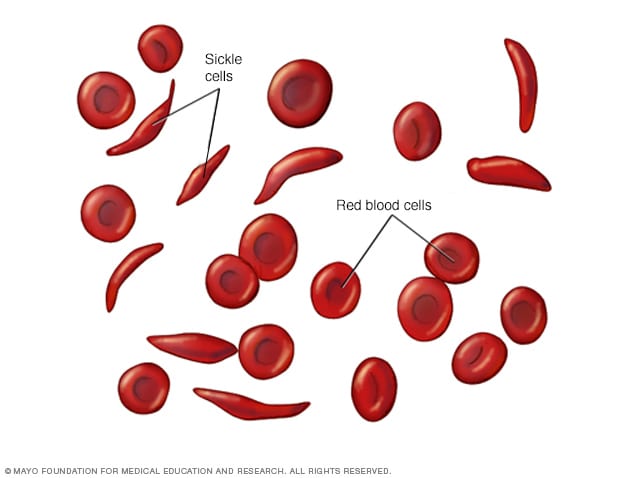T Y P E S OF A N E M I A

TYPES OF ANEMIA
HELLO OUR BELOVED READERS, WE'RE BACK HERE WITH A INFO PACKED ARTICLE.
Talking about anemia, it is actually a very large scope. as mentioned in the previous articles, anemia is a condition of less numbers or red blood cells or known as hemoglobins in a human's body. this condition is further sub divided into 7 types according to the description of the disease.
ps : to refresh the memory........
The Role of Red Blood Cells in Anemia
Red blood cells carry hemoglobin, an iron-rich protein that attaches to oxygen in the lungs and carries it to tissues throughout the body. Anemia occurs when you do not have enough red blood cells or when your red blood cells do not function properly. It is diagnosed when a blood test shows a hemoglobin value of less than 13.5 gm/dl in a man or less than 12.0 gm/dl in a woman. Normal values for children vary with age.
The types of anemia:
1. Iron-deficiency anemia is the most common type of anemia. It happens when you do not have enough iron in your body. Iron deficiency is usually due to blood loss but may occasionally be due to poor absorption of iron. Pregnancy and childbirth consume a great deal of iron and thus can result in pregnancy-related anemia. People who have had gastric bypass surgery for weight loss or other reasons may also be iron deficient due to poor absorption.

2. Aplastic anemia is a rare bone marrow failure disorder in which the bone marrow stops making enough blood cells (red blood cells, white blood cells, and platelets). This occurs as a result of destruction or deficiency of blood-forming stem cells in your bone marrow, in particular when the body’s own immune system attacks the stem cells. However, the few blood cells the marrow does make are normal. Viral infections, ionizing radiation, and exposure to toxic chemicals or drugs can also result in aplastic anemia.

3. Hemolytic anemia occurs when red blood cells are broken up in the bloodstream or in the spleen. Hemolytic anemia may be due to mechanical causes (leaky heart valves or aneurysms), infections, autoimmune disorders, or congenital abnormalities in the red blood cell. Inherited abnormalities may affect the hemoglobin or the red blood cell structure or function. Examples of inherited hemolytic anemias include some types of thalassemia and low levels of enzymes such as glucose-6 phosphate dehydrogenase deficiency. The treatment will depend on the cause.

4. Sickle cell anemia is an inherited hemolytic anemia in which the hemoglobin protein is abnormal, causing the red blood cells to be rigid and clog the circulation because they are unable to flow through small blood vessels.

5. Thalassaemia are inherited blood disorders which causes the body to make fewer healthy red blood cells and less hemoglobin. The two major types of thalassaemia are alpha and beta thalassaemia. the severe type of thalassaemia is known as alpha thalassaemia major or hydrops fetalis, while the severe form of beta is known as Cooley's anemia.

6. Pernicious Anemia is a condition in which body cant make sufficient healthy red blood cell because it lacks Vitamin B12. people with this disease cant absorb enough vitamin B12 because they lack the intrinsic factor ( a protein made up in stomach).

7. Fanconi anemia is a rare and inherited blood disorder that leads to bone marrow failure. this is a type of aplastic anemia that prevents the bone from making enough new blood cells for the body to function normally. this condition may also cause bone marrow to produce abnormal blood cells and leads to serious health problems.

THAT IS ALL FROM US TODAY, WE'LL BE BACK WITH MORE INFORMATION ON OUR BLOG. TILL NEXT TIME, SIGNING OFF.....
-S-
Comments
Post a Comment